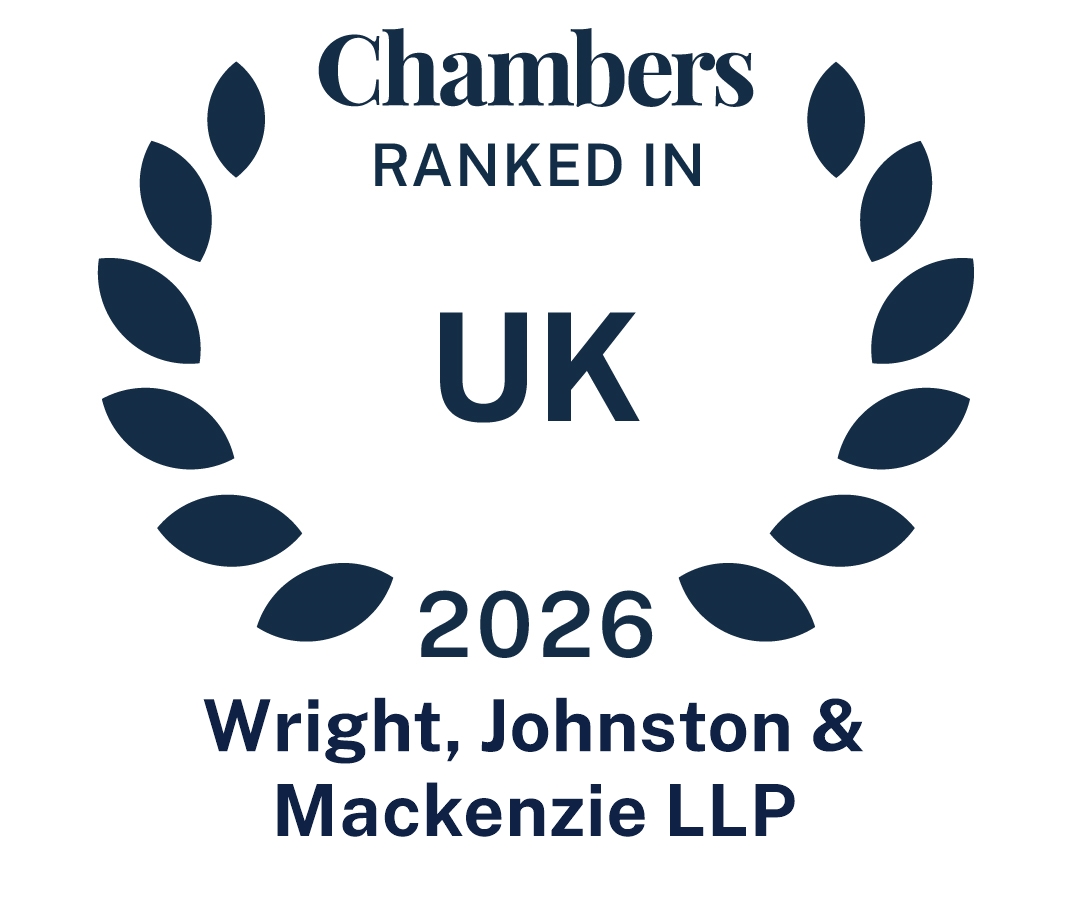The Digitisation of Information Management

Roddy Cormack explores digitisation of information management and how it has potentially been moved forward as a consequence of the COVID-19 pandemic to the benefit of the future of the construction industry.
The reality of even common place practices within the construction industry is that design, construction, commissioning, operation and de-commissioning of a built asset now has the potential to generate massive amounts of digital information. A key challenge is capturing that information and putting it to use in a meaningful, effective and productive way.
An analogy I like to use to illustrate the problem involves family photographs. I grew up in a time where cameras used (colour!) film and therefore photographs cost a bit of money to produce. This meant that there were a manageable number of photos of me and my sister that could be easily dug out when required. Fast forward to today and the age of digital cameras on smart phones. Whilst I have literally thousands of photos of my own kids, finding a particular one can be much more of a challenge these days.
In large part, my inability to find the right photo of my kids comes down to the fact that I don’t manage my digital archive properly and that is, perhaps, because I treat the gallery function on my phone in the same way as my parents treated their physical photo albums: something to flick through and search manually. The problem is not that there are just too many photos; instead it’s the fact that I don’t use the digital tools that are available to manage them.
Put that analogy into a construction context. The likelihood is that a relatively finite number of 2 dimensional drawings along with, maybe, a paper operation and maintenance manual are all that would have been produced for construction projects when I was a child. Now, with the ability to design digitally in three dimensions, if not more (for example time), incorporating digital product data information about the materials to be used in the building, not to mention the information that can be obtained from sensors installed within completed buildings, the extent of information that can be captured about our built assets is almost limitless.
Are construction clients better at getting to grips with access to their digital treasure trove than I am with my digital photo album? Well, in my experience there tends to be three different types of client approaches to information management in construction.
First, and in my mind the ideal type, is the client that knows exactly how digital information can be used (and could be used in the future) and can therefore identify what they, themselves, will use, how they will use it, and in what format they need. Those clients can specify information requirements that end up in cost effective, positive results.
Second, there are those who haven’t really thought about how they will or could actually use digital information in a practical way, but are aware that digitisation is a “good thing”, and so just ask for everything or anything. This can unnecessarily add to project costs and demoralise project teams, all for the collection of digital information that won’t be put to work.
And third, there are those that are comfortable with what they know and will just stick with paper based information, or paper equivalents like static PDF files.
Effective information management matters though. Getting the right information at the right time in the right manner can save time and money when maintaining a built asset (think of how many visits to site it could take to change a light bulb if you don’t know it needs changed, let alone where it is or which replacement is needed). Moreover, modern modelling techniques can allow us to learn lessons from existing built assets in relation to things like energy efficiency, helping us in our net zero carbon journeys.
So, what will facilitate the development of more “ideal” construction clients?
In my experience, prior to the nationwide lockdown, most clients considered information as secondary to the building. They wanted a paper (or paper equivalent) record of what was there, without thinking about the longer term value of the information created. This didn’t pose many problems, as when we were all working in an office, it was simple to go over to the relevant filing cabinet and find the relevant piece of information in a folder.
However, since so many of us have had no option but to work from home over the last 18 months, access to paper has been severely limited, and this has forced us to look at things in a different way.
I believe that one of the major consequences of the pandemic has been to move clients to a “digitisation sweet spot’ – they have removed themselves from paper and are adapting well to looking at information digitally.
In time, I believe more will start to come round to this way of thinking, and will evolve to a more digital mind set. They will be less inclined, when thinking about effective built asset management, to think they are embracing digital by simply asking for documents to be provided in PDF format as well as hard copy. Hopefully, this will then provide an impetus for a more effective approach to the adoption systems such as BIM, sensor informed management of the built environment, and the building of data sets that can help with carbon reduction strategies.
Of course, some people may be fearful of being left behind as ways of working continue to change, and those with a lack of technical ability may be anxious about operating on a purely digital basis going forward. Indeed, one concern I have is how we safeguard the means of accessing digital information when technology leaps forward even further. How do we prevent these digital files from going the same way as the cassette tapes of my youth? Providing comfort to construction clients in relation to those types of issues needs to be part of the digitisation agenda strategy.
Such concerns aside, though, the genie is definitely out of the bottle now, and I think a lot of great opportunities lie ahead for the future for information management. Having paper-based systems taken away from many of us has opened up the possibility for more creative thinking and adapting our ways of working, and I believe many of these changes are here to stay. While a return to “normality” is what many of us may be yearning for right now, I think there are lots of positive changes to working practices we can take with us into the ‘new normal’.
This article first appeared in UK Construction Online
The information contained in this newsletter is for general guidance only and represents our understanding of relevant law and practice as at July 2021. Wright, Johnston & Mackenzie LLP cannot be held responsible for any action taken or not taken in reliance upon the contents. Specific advice should be taken on any individual matter. Transmissions to or from our email system and calls to or from our offices may be monitored and/or recorded for regulatory purposes. Authorised and regulated by the Financial Conduct Authority. Registered office: 319 St Vincent Street, Glasgow, G2 5RZ. A limited liability partnership registered in Scotland, number SO 300336.



